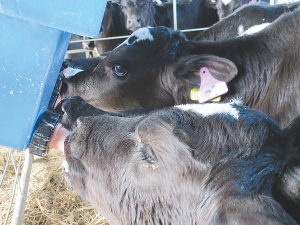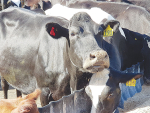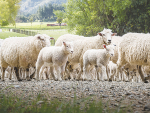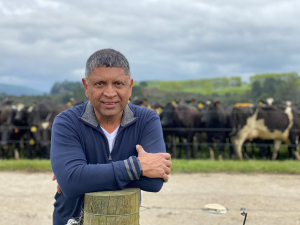Heifers that reach target weights make the most successful milking cows, so it’s important to invest in their health from the get-go to ensure a healthy, happy, and profitable dairy farm.
To raise and care for healthy calves, you must provide fresh, clean calf starter, milk replacer, and water on a regular basis. They need to be administered in a clean, warm environment to prevent infection and it is important that they receive all the right nutrients to help them grow strong.
There is no one perfect way to raise calves, but maintaining hygiene and health routines that work for your farm will provide consistent care for your calves and ensure they stay happy and healthy. SmartShelters calf rearing sheds are innovatively designed specifically for high quality calf care.
How do you take care of calves?
As soon as a calf is born into the world, clean the nostrils and mouth to ensure their airways are clear, as this also prevents future breathing problems. Allowing the mother to lick the calf clean promotes circulation within their body and prepares the calf to stand up and walk. Tie the navel cord with a thread at a distance of around 2 inches from the base and cut the remaining cord with a clean instrument.
Provide water and feed for your calves at least twice a day. You can reduce urine and manure contamination by placing these outside the pen. This will also keep liquid feed and water from spilling on the calf’s bedding.
How can I improve my calf health?
Creating and implementing integral hygiene and health routines and best practices within your farm will ensure the health of your calves remains at its peak:
- Scrub all feeding equipment well with hot water and detergent to prevent infections.
- If any calves become sick, separate them from the healthy ones so as to prevent spread.
- Frequently clean and disinfect pens where sick calves are treated.
- Disinfect hard surfaces.
- Ensure bedding is kept clean and changed regularly.
- Deworming should be done within 10-14 days old, then subsequently on a monthly basis up to 6 months old.
- Calves can be vaccinated against the most threatening diseases at three months old.
What feed is best for calves?
From the get-go, colostrum is the most important source of nutrients for your calves. Colostrum is a special secretion released from mammary glands by mammals that have just given birth and before breast milk production begins. This milky fluid is an important element of a newborn calf’s diet as it helps develop their microbiome, which is immature at birth. It promotes growth and health in newborn animals, helps fight infections, and improve gut health throughout life. A newborn calf should consume two litres of colostrum within the first two hours of birth and between 1-2 litres (depending on the size of the calf) within 12 hours of birth. It is recommended to hand-feed newborn calves to enable monitoring of how much colostrum an individual calf consumes.
After colostrum, a milk replacer is the primary source of food for the first few weeks of a calf’s life. Young calves cannot digest grains or hay yet, so find an agglomerated milk replacer whenever possible. This helps the young calf digest an even amount of nutritious substances. Here is an example of what to put in your calf starter feed to provide the best balance of nutrients: Maize-52%, Oats-20%, Soya bean meal-20%, Molasses-5%.
How much feed should a calf eat per day?
Calves should be fed approximately 10% of their birth bodyweight a day. For example, a Holstein calf weighing 40 kilograms at birth would be fed 4 kilograms of milk a day, or 2 kilograms per feeding if fed twice a day. Small amounts of hay will complement the grain ration for these 8 to 12-week old animals.
How to monitor calf health
What works well on one farm may not be ideal for another. You should create and enforce a newborn protocol and calf care plan that remains consistent from day to day for consistency and appropriate monitoring. Proper management can greatly reduce the illness and death rates of calves.
Calf care
If you have healthy cattle that have a balanced and nutritious diet, they are more likely to birth healthy calves, and the cycle goes on. Calves will require the same level of sufficient nutrition for their growth and development.
If you’re worried about the health of your calves, look out for telltale symptoms so you can catch and treat any animal that may need extra care. A dull appearance with dry eyes and hair, decreased appetite, and tired or weak movements are among some of the usual signs your calves are not at peak health.
Calf Growth
To measure calf-raising success, you should use both survival and growth rates. Dairy replacement growth rates affect the time to puberty and ultimately affect the age of first freshening and lactation milk production. If your calves are raised well, they will likely be ready to freshen between 22 and 24 months old.
To accurately measure calf growth through height, weight, and girth, you should calculate:
When animals become stressed, they are more likely to get sick. Other stressors include ear tagging, dehorning or disbudding, improper handling, or transporting. Seek the advice of a local veterinarian when working with your health plan.
Living Space Recommendations for Calves
When considering the living spaces for calves, they need a draughtfree, warm environment with clean air and water, adequate feeding and drinking, space with dry bedding, and a regular excrement disposal system. In colder climates or seasons, their bedding may require additional material such as straw or wood shavings, cow-safe heaters, or even blankets if needed. You may also want to provide either indoor or outdoor areas away from other cows and animals.
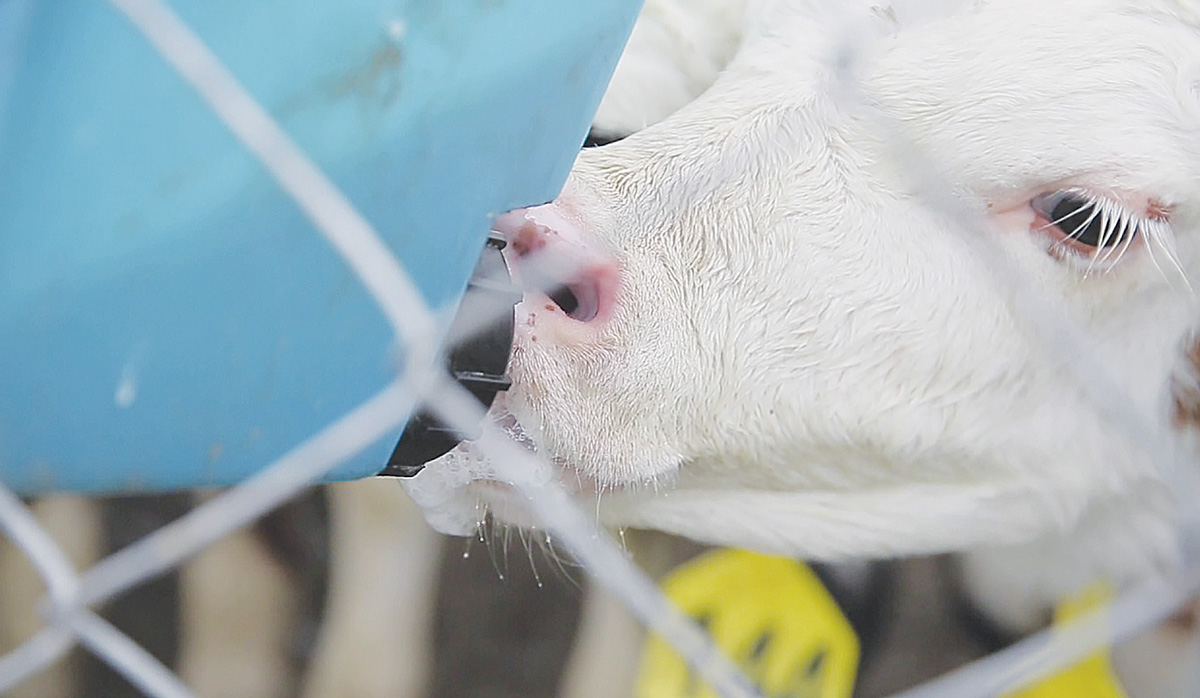 |
|---|
|
After colostrum, a milk replacer is the primary source of food for the first few weeks of a calf's life.
|
SmartShelters calf rearing sheds are innovatively designed to provide a warm and safe environment for calves away from risk factors and extreme climatic conditions of the outdoors. Our unique hooped design encourages gentle air movement, keeping the shelter environment fresh and clean. They also help promote faster growth in calves, are more productive and fetch higher prices when they’re afforded the best conditions.
Weaning the calf
Whether you decide to partially or fully wean your calves may depend on factors within your farm. Most dairy farms have used the complete weaning technique to save their milk yields for selling. This process involves the separation of cow and calf within 24 hours of giving birth and can cause major stress for both animals which results in unhealthy cattle that lose weight and produce less milk. In recent years, studies have shown that partial weaning, “fenceline” or “nose to nose” weaning, allows the calves and their mothers to interact between a slatted fence. These cattle have proved to gain the optimal amount of weight and produce more milk due to lower stress levels.





